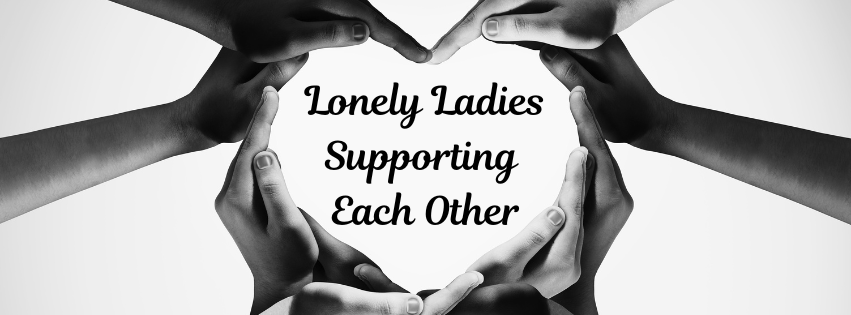
Loneliness Among Women Over 50: A Global Snapshot
As the world’s population ages, an emotional and often silent epidemic is becoming more visible — loneliness among women over 50. This demographic, once considered the matriarchal backbone of families and communities, is increasingly facing isolation. From empty nests to widowhood, financial pressures to fading social networks, women in their 50s and beyond are reporting unprecedented levels of loneliness.
Let’s dive into the global data and stories behind this trend
Loneliness: A Global Phenomenon
United States: According to the National Poll on Healthy Aging, 1 in 3 adults aged 50–80 reports feeling isolated — and women are more likely to report these feelings than men. Among older adults living alone, 60% reported feeling a lack of companionship.
United Kingdom: A study by Age UK found that over 1.1 million older women go up to two months a year without seeing anyone. Loneliness among women spikes after 50 due to retirement, divorce, and bereavement.
Canada: Statistics Canada reports that 23% of senior women experience loneliness, compared to 15% of men. Older women living alone, particularly widows, are at significantly higher risk.
Japan: With one of the oldest populations in the world, Japan has coined the term “lonely death” (kodokushi) — with older women increasingly represented in this phenomenon. Urbanization and family fragmentation are key contributors.
Australia: Research from the Australian Institute of Health and Welfare shows that women aged 55–64 are more likely than men in the same age group to experience poor mental health, often tied to isolation.
Key Figures at a Glance
50% of lonely older adults are more likely to develop dementia.
22–26% increase in early death risk is associated with chronic loneliness.
4x greater likelihood of loneliness in women with poor health.
2x higher chance of loneliness for women facing financial difficulties.
5x increased loneliness among widows compared to married women.
Why Women Over 50?
There are a few specific reasons why women in this age group are more vulnerable:
Widowhood & Divorce: Women tend to outlive men and may face long periods alone. Divorce after 50 — often called “gray divorce” — is on the rise, adding to social displacement.
Health Issues: Chronic illness and mobility challenges can limit social engagement and self-esteem.
Empty Nest Syndrome: Children leaving home can lead to a dramatic shift in social and emotional identity.
Workplace Exit: Retirement can reduce daily interactions and the sense of purpose tied to professional life.
What You Can Do
Reach out to the older women in your life. A simple phone call can make a big difference.
Support local organizations that focus on senior wellness and connection.
Volunteer your time — many seniors just want someone to talk to or share a cup of tea with.
Join or create a social group for women 50+, online or in person
Closing Thoughts
Loneliness among women over 50 is a real, measurable, and deeply human challenge. But it’s not inevitable. With awareness, compassion, and community-focused efforts, we can help millions of women around the world feel seen, valued, and connected.
Let’s make sure that the second half of life is not just about living longer — but living better.
Come and be part of our online community and connect with other women and make some new friends

Categories
Newsletter
Subscribe to the newsletter and stay in the loop! By joining, you acknowledge that you'll receive our newsletter and can opt-out anytime hassle-free.
SISTERS OF SOLACE ALL RIGHTS RESERVED Created with ©systeme.io 2025
Lorem ipsum dolor sit amet, consectetur adipisicing elit. Autem dolore, alias, numquam enim ab voluptate id quam harum ducimus cupiditate similique quisquam et deserunt, recusandae.
Lorem ipsum dolor sit amet, consectetur adipisicing elit. Autem dolore, alias, numquam enim ab voluptate id quam harum ducimus cupiditate similique quisquam et deserunt, recusandae.

